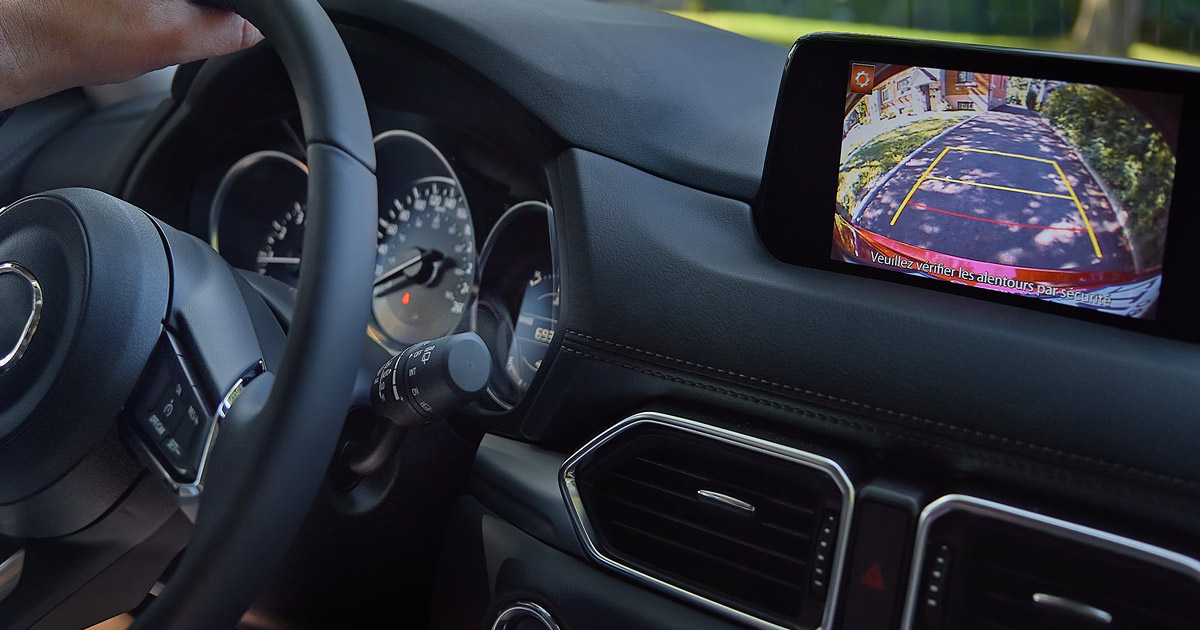Are Car Safety Features Reducing Accidents?
August 19, 2020

Car manufacturers are currently designing vehicles that include plenty of new safety features, especially advanced driver-assistance systems (ADAS). However, many car buyers want to know whether safety features, like collision warning and blind spot detection, make any difference in reducing car accidents. This concern is valid, particularly because ADAS make purchases, maintenance, and repairs more costly.
What are Examples of ADAS in Cars?
It seems like new ADAS are showing up each year, and that can be a good thing. Manufacturers are finding ways to use new technologies to reimage the cars they invent or better the current vehicle styles and amenities.
A few of the more frequently seen ADAS involve warning systems. Basically, infrared and other detectors in the car sense potential collision threats, such as other vehicles, objects, or pedestrians. In some cases, the car warns the driver of the threats by alarm. In other situations, the car reacts to the detection by putting on the brakes.
Other ADAS are automatic brakes, cameras that show backup video, parking assists, and adaptive headlights.
What are the Benefits of ADAS?
In general, ADAS are overwhelmingly positive advancements in car technology. According to research collected over the past few years, ADAS, such as lane departure warning and adaptive cruise control, have significantly reduced the number of accidents and fatalities.
An Insurance Institute for Highway Safety (IIHS) study indicated a 14 percent difference in the collision rate between vehicles that monitored drivers’ blind spots and those that did not. Similarly, LexisNexis Risk Solutions posited that after crashes, drivers and passengers in vehicles equipped with ADAS were hurt less often than victims who had accidents in cars without ADAS.
Another key benefit of ADAS is that cars with monitoring can bypass the limitations of human behavior. Human drivers can become distracted easily, whether by a song on the radio or a cellphone call. ADAS help drivers concentrate on driving, which can lead to fewer injuries and less crash-linked property damage.
Finally, ADAS are helpful aids for drivers. Being able to see a blind spot can minimize accidents and save lives.
Are There Any Disadvantages to ADAS?
Although ADAS are overwhelmingly positive in nature, they do have a few disadvantages. First, they will not necessarily lower a driver’s overall insurance package. However, this is slowly changing and some insurance carriers do offer rate reductions on very specific ADAS, such as those that reduce the likelihood of theft. Drivers should definitely ask their auto insurance providers about any reductions, just in case.
As mentioned before, another downside to buying a car with ADAS is the upkeep in terms of financial outlay. When ADAS fail, it tends to require costly repairs. Still, the cost to keep ADAS working can pale in comparison with the monetary or even emotional expense of being in a serious crash.
The one other negative to ADAS is that they give drivers reasons to be complacent. Drivers must remember that although ADAS are helpful, they are assistants. They do not take the place of the human driver, they merely augment the driver’s ability to make smart, safe decisions in parking lots and on the road. If a car accident does happen, it is important to retain a lawyer.
Philadelphia Car Accident Lawyers at Nerenberg Law Associates, P.C. Represent Car Accident Victims Injured by Reckless Drivers
Although ADAS reduce accidents, car wrecks can still occur. If you were hurt in a car crash, contact one of our Philadelphia car accident lawyers at Nerenberg Law Associates, P.C. today. We help car accident victims obtain compensation for property damage and injuries. For a free consultation, complete our online form or call us at 215-569-9100. Located in Philadelphia, we serve clients throughout Pennsylvania and New Jersey.

